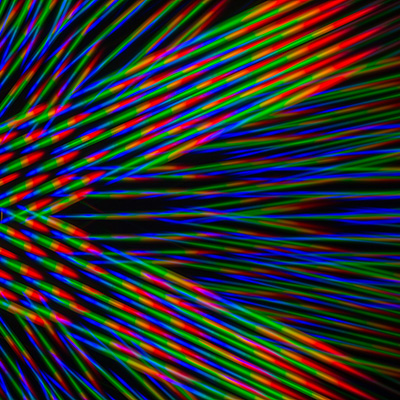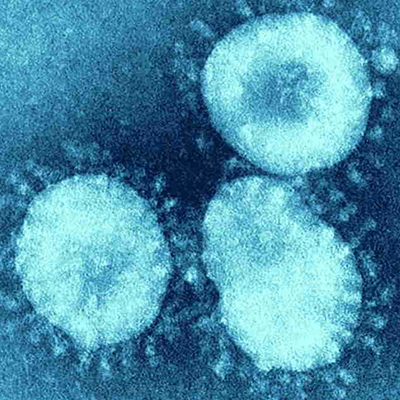July 15, 2020 -- To reflect the new realities of the analytical instrumentation market during the COVID-19 pandemic and in the subsequent pandemic-driven recession, Strategic Directions International (SDi), a sister company of ScienceBoard.net, has released its revised edition of the Global Assessment Report.
The report is an update to the Global Assessment Report that SDi released in February 2020, reflecting the changes in the market since the COVID-19 outbreak began.
Reaching the halfway point of 2020, it is very apparent that, much like the wider economy, the resumption of normal laboratory activities will not be rapid or smooth. This has severe implications for the analytical instrumentation market, which is projected to experience a year-over-year decline in demand in 2020, followed by a gradual recovery over the following years. In contrast, the pre-COVID forecast predicted overall market growth in the midsingle digits for 2020.
Of course, looking at the market as a whole provides a very narrow view of the extremely diverse set of technologies that are being impacted by the COVID-19 pandemic in different ways. Consequently, while the overall market is expected to experience only a slight decline in 2020, individual techniques will experience changes ranging from double-digit decline to double-digit growth in demand.
Life science instrumentation and associated sample preparation techniques are a safe harbor in the pandemic storm; most life science techniques are projected to experience only mild declines in demand, while the several technologies that are directly involved in COVID-19 diagnostics are experiencing skyrocketing demand.
Taken together, the overall life science market will see growth in the midsingle digits. In fact, the life science segment alone is serving as a buoy for the entire analytical instrumentation market, allowing the market to float with flat growth rather than sinking into the depths like so many other industries.
Diagnostic testing is vital in tracking and fighting the spread of COVID-19. In the early months of the pandemic, the shortage of diagnostic testing in most regions was a major headline in the news. Specifically, limited supply of RNA sample preparation created a bottleneck, forcing suppliers to scramble to increase production capacity. This exponential growth in demand is far offsetting lowered demand for other types of nucleic acid (NA) preparation, including DNA extraction, and will drive double-digit growth for the entire NA prep market.
Once patient samples are prepared, active infection by the virus is detected via polymerase chain reaction (PCR), driving double-digit growth for 2020. Multiplex high-throughput enzyme-linked immunosorbent assay (ELISA) technologies are used to conduct antibody testing to detect the presence of antibodies which would indicate past exposure to the SARS-CoV-2 virus.
Demand for antibody testing is rapidly growing, as people are interested in finding out whether they have already been infected with a mild or asymptomatic case of the illness and may have immunity. Antibody testing is projected to experience double-digit growth in 2020. Elevated demand for NA prep, PCR, and high-throughput ELISA will continue to accelerate as testing rates increase amid growing infection rates in many regions.
On the research and development side of the pandemic, many other life science techniques are contributing to understanding the SARS-CoV-2 virus and developing treatments and vaccines against COVID-19. However, these techniques will not see the extreme elevation in demand enjoyed by those used in clinical diagnostics. Demand generated by COVID-19 research will be offset by declines from other research areas, as most non-COVID-related research has suffered disruptions during the pandemic.
Sequencing, for instance, is a tool being widely employed in research and development against the virus. Sequencing of the RNA-based viral genome provides a clearer understanding of the virus, and targetable markers may be revealed in the genome. However, with the extended closure or limited accessibility of labs in other areas of research, demand growth for sequencing will be slower than recent years.
Demand for life science technologies is the bright spot in a very uncertain market. If growth for these technologies can be used as a proxy for the global effort being put forth to beat COVID-19, we should be optimistic that we will emerge from this pandemic with a body of knowledge and new therapeutic modalities that will better equip us to face future challenges.
Disclosure: ScienceBoard.net is a sister company of SDi.
Copyright © 2020 scienceboard.net








